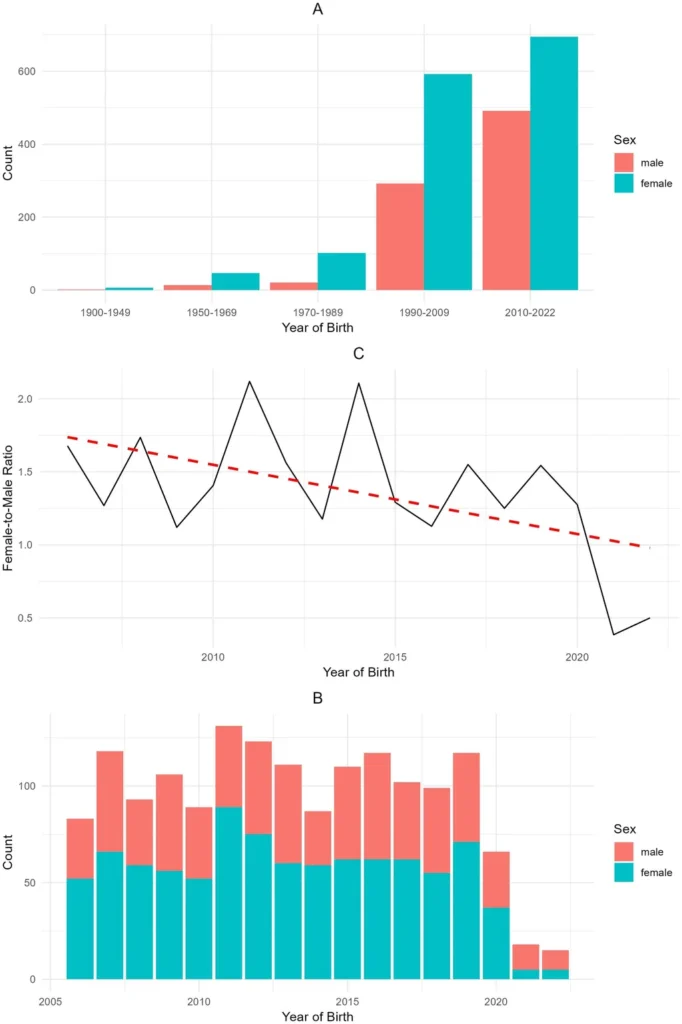In the rolling hills of southern Italy, a unique donkey breed once teetered on the brink of extinction. The Martina Franca donkey, known for its large size and gentle temperament, saw its numbers plummet in the 1980s. Today, it serves as a model for understanding how to conserve small, endangered equine populations. A recent study published in the journal *Animal* offers a nuanced look at the breed’s genetic health, combining traditional pedigree analysis with cutting-edge genomic techniques to provide a roadmap for future conservation efforts.
The research, led by Dr. V. Landi from the Department of Veterinary Medicine at the University of Bari Aldo Moro, delves into the intricate patterns of inbreeding within the Martina Franca donkey population. By analyzing both pedigree data and genome-wide information, the team uncovered a complex picture of genetic diversity and historical breeding practices.
“Conserving small populations is challenging because traditional pedigree data alone can miss critical details about genetic health,” explains Dr. Landi. “Our study shows that genomic tools, particularly those that track runs of homozygosity (ROH), can provide a more comprehensive view of inbreeding and help us make better breeding decisions.”
Runs of homozygosity, or ROH, are long stretches of DNA where both copies of a chromosome are identical. These segments can reveal patterns of inbreeding and even point to regions of the genome that have been shaped by natural or artificial selection. In the Martina Franca donkey, the researchers found that medium-to-long ROH segments were predominant, indicating recent inbreeding. However, very short ROH segments were rare, suggesting that ancient inbreeding was less of a concern.
One of the most intriguing findings was the uneven distribution of ROH across the genome. Chromosomes 2 and 3 harbored the most segments, while chromosome 18 had the fewest. The team also identified several ROH islands—regions where multiple individuals shared long stretches of identical DNA. These islands contained genes related to development, stress response, and reproduction, hinting at historical pressures that have shaped the breed’s genetic makeup.
“The identification of these ROH islands is particularly exciting because it points to specific genes that may have been important for the breed’s survival and adaptation,” says Dr. Landi. “Understanding these genetic targets can help us design breeding programs that preserve these adaptive traits while reducing inbreeding.”
The study’s findings have significant implications for the agriculture sector, particularly for breeders and conservationists working with small, endangered populations. By integrating genomic data into breeding programs, it is possible to make more informed decisions that balance the need to reduce inbreeding with the preservation of valuable genetic diversity.
“For the agriculture sector, this research underscores the importance of adopting genomic tools in breeding programs,” says a spokesperson for an agricultural genetic research institute. “By doing so, we can ensure the long-term viability of endangered breeds while maintaining their unique traits and adaptability.”
The study also highlights the broader potential of genomic surveillance in conservation efforts. As Dr. Landi notes, “The methods we used here can be applied to other small equid populations worldwide. This is not just about donkeys; it’s about developing tools that can help conserve genetic diversity across a range of species.”
In the end, the Martina Franca donkey’s story is one of resilience and adaptation. Through the lens of modern genomics, researchers are gaining a deeper understanding of how to protect and preserve this unique breed. As the agriculture sector continues to grapple with the challenges of conserving genetic diversity, studies like this one offer a beacon of hope and a roadmap for the future.
Published in the journal *Animal*, the research was led by Dr. V. Landi from the Department of Veterinary Medicine at the University of Bari Aldo Moro. The findings not only shed light on the genetic health of the Martina Franca donkey but also provide a blueprint for conserving other endangered equine populations.

